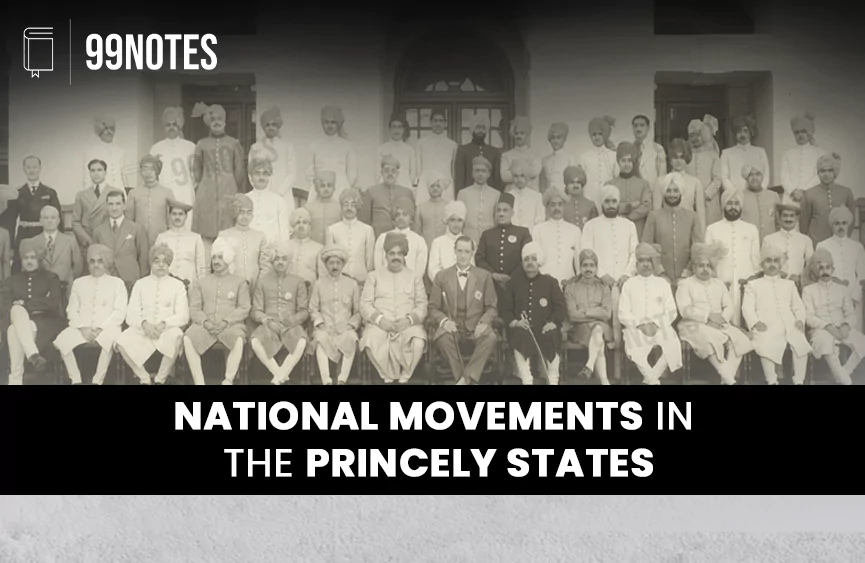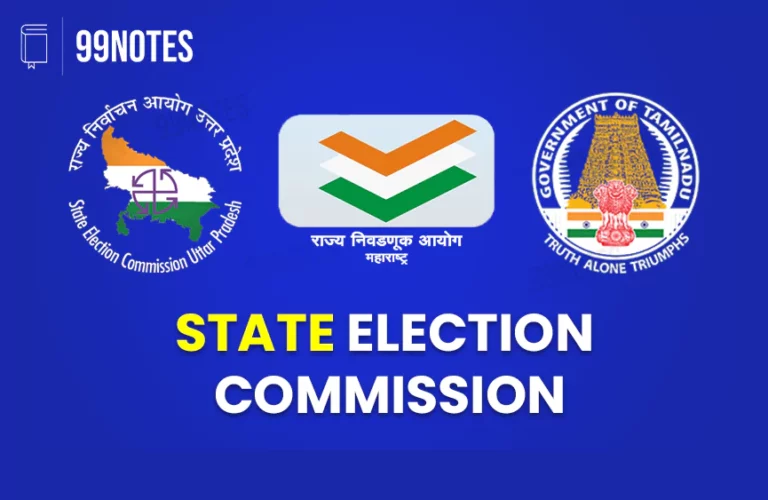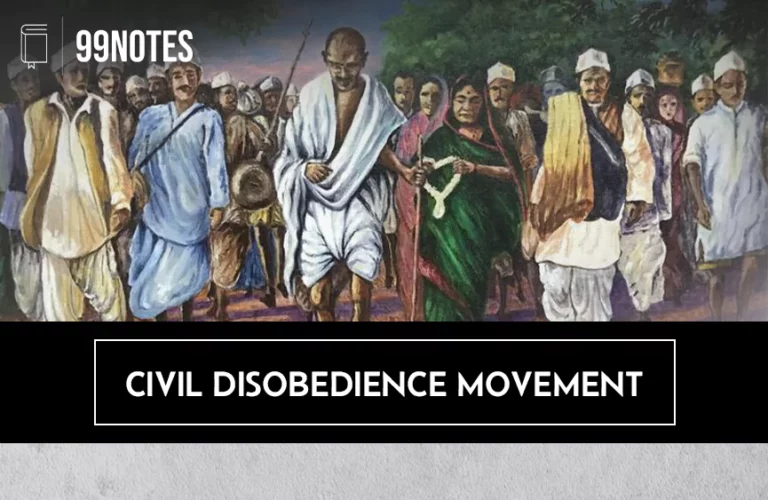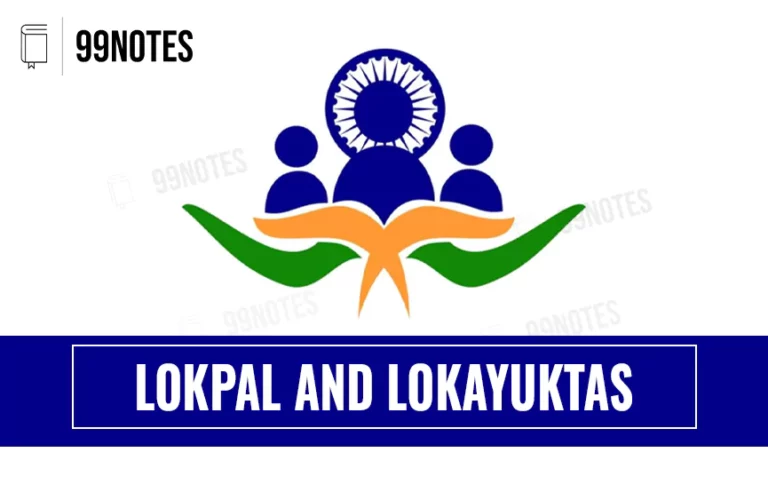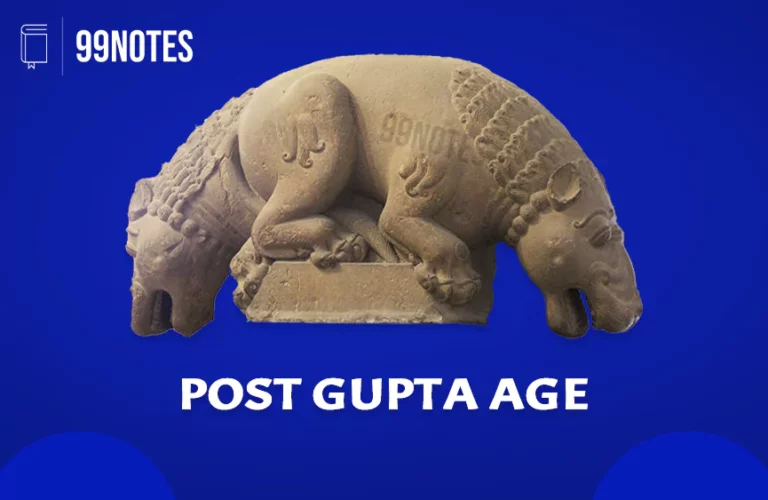National Movements in the Princely States
National Movements in Princely States
National movements in princely states of British India were the crucial phase of the country’s fight for independence. These states, which were nominally governed by India Princes under British suzerainty, presented unique challenges for nationalist activism. The movement aimed for political rights and self- governance inspired by the broader Indian National Congress-led struggle. After the revolt of 1857, the British abandoned the annexation policy, and the Princely states accepted the British paramountcy; in return, they were guaranteed protection against internal and external threats and autonomy in internal affairs, at least in theory.
Background of Princely States
- There were about 600 princely states that represented about 1/5th of the Indian population and 1/3rd of the Indian Territory. These included states like Hyderabad, Jammu and Kashmir, which were comparable to any European country in terms of size and many smaller states with populations in the thousands.
- Most of these states were being run as autocracies, and the power was concentrated in the ruler and a small group of his favorites.
- The people in these states were burdened with taxes even more than the British provinces. Moreover, they did not enjoy the protection of their civil liberties. They were largely deprived of the modernisation in the field of communication, transport and education that was happening in the rest of British India.
- The reformist among them, like the Maharaja of Baroda, was looked at with extreme disfavour.
- The policy of the British government was to use the princes as a bulwark against the rising national movement.
The Rise of Political Consciousness in the States
The rising national consciousness and increasing awareness about democracy, civil liberties and responsible governments in the rest of India were influencing the people of princely states.
The success of the Congress in securing concessions convinced the people to organise themselves for the redressal of their grievances. This resulted in the emergence of political activities in these princely states in the form of the following:
- In the initial decades of the 20th century, the escaped revolutionaries, who took shelter in the princely states, became the agents of politicization.
- The Khilafat & Non-Cooperation movement had a big influence on political activities in these states, and several political organizations sprung up during this period.
- Praja Mandals or state people’s conferences were organized in several states such as Baroda (earliest), Hyderabad, Mysore, Kathiawar, Indore
Formation of All-India States People’s Conference
In December 1927, an All-India States People’s Conference was organised by Balwantrai Mehta, Maniklal Kothari and G R Abhyankar. The conference was attended by more than 700 delegates from all over India. It had the following objectives:
- The principal objective of the conference was to influence the state governments to implement necessary reforms like popular representation and self-government.
- It also demanded the distinction of public and private revenue of the rulers.
- The organization had a more anti-feudal character than anti-imperialist, which was understandable since the feudal system was the direct exploiter.
During 1938-39, the Indian states witnessed a large number of movements demanding responsible governments and other reforms. The Praja mandals expanded to many other states, and major struggles broke out in Jaipur, Kashmir, Patiala, Mysore, Rajkot, Hyderabad, Travancore, and the Orissa State. The states responded with ruthless repressions.
|
Butler Committee (1927) |
|
Evolution of Congress’ policy
The policy towards the princely states was first pronounced in the Nagpur session in 1920 when a resolution was passed calling upon the princes to grant responsible governments in their states. Congress took the following steps regarding princely states:
- In the Nagpur Session, Congress allowed membership to the residents of these states; they could not start any political activity in the name of the Congress.
- However, informal associations of the Congress with various political organizations, including the All-India States People’s Conference (AISPC), continued.
- In 1927, Congress reiterated the 1920 resolution.
- In 1929, Nehru, in his presidential address in Lahore, declared that “the Indian states cannot be apart from the rest of India… people of states must be the only people to determine the future of the states “.
- The All-India federation proposed in the Government of India Act 1935 was a significant event in the relationship of British India with the Princely states.
- The government wanted to foil the nationalistic pressure by a solid conservative block of princely states, which would represent one-third of the strength of the federal legislature.
- The Congress, AISPC and other organizations demanded that the state be represented by elected representatives and not by the Prince’s nominee.
- The assumption of office by the Congress in 1937 was another important development. The power in the hands of the congress ministries and the work done by them built a sense of confidence and expectation in the minds of the people.
- The years 1938-39 saw a large number of movements demanding responsible governments and other reforms. Praia mandalas, or people’s conferences, expanded to many states. These developments influenced the Congress’s policy toward the Indian states.
- While in the 1938 Haripura session, Congress reiterated its earlier non-intervention position, things changed in 1939. In the Tripuri session, Congress passed a resolution that removed self-imposed restraints.
- In 1939, the AISPC elected Nehru as its president, thus removing the distinction between the movements in princely states and British India.
- During the Quit India Movement(QIM) in 1942, Congress made no difference between British India and the Princely states, and a call was made to the people of princely states. Thus, the people of the states formally joined the Indian freedom struggle.
- Now, the demands of the people of princely states included the end of British rule and integration of the states with the Indian nation.
Evaluation of the political process in the Princely States
The political mobilization in the states can be traced into three phases, which are mentioned below.
- First Phase: In the initial stages, the political mobilization in the states was centered on specific local grievances, such as employment to too many outsiders and restriction on press and assembly.
- There were a few instances of demand for a representative assembly as well.
- Second Phase: In the late 1920s and the first half of the 1930s, we see confrontation and public protests by the educated urban middle class.
- Now, the main demands constituted greater popular representation and legal rights to form political associations.
- Some other demands included checks on arbitrary expenditure by the rulers and increased expenditure on social infrastructures like health and education.
- Third Phase: In the 1930s and 1940s, peasant mobilization was the most important feature of mobilization.
- In this phase, the leadership of these mobilizations tried to coordinate with the political associations in British India.
- The difference in the political conditions in the states and the British provinces made the Congress adopt a non-interventionist approach towards the political activities in the states.
- The national leaders did not want to unnecessarily push the princes to take a hard stance on Indian nationalism.
- But by the end of the 1930s and the beginning of the 1940s, the national awakening and political mobilization had reached a state where the people of Indian states could be integrated into the mainstream national movement. It was also a prerequisite for their smooth integration into the Indian Union.

